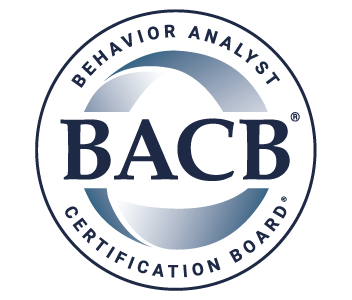How to use these pass rate reports:
When using the reports, we suggest that you evaluate each program’s pass rate on its own in terms of the likelihood of its graduates passing the examination on their first attempt (e.g., a 60% pass rate would roughly indicate a 3-in-5 chance of passing). We recommend that you do not compare a training program’s pass rate with the overall examination pass rate, as the overall pass rate is impacted by several large programs. Finally, because many individuals pursuing BCBA and BCaBA certification first encounter behavior analysis while working in service organizations, we encourage leaders at those organizations to become familiar with these reports and share them with staff who are interested in a university education in behavior analysis.University Pass Rates Reports
2024 BCBA and BCaBA Examination Pass Rates
- BCBA Pass Rates (PDF Download)
- BCaBA Pass Rates (PDF Download)
2023 BCBA and BCaBA Examination Pass Rates
- BCBA Pass Rates (PDF Download)
- BCaBA Pass Rates (PDF Download)
2022 BCBA and BCaBA Examination Pass Rates
- BCBA Pass Rates (PDF Download)
- BCaBA Pass Rates (PDF Download)
2021 BCBA and BCaBA Examination Pass Rates
- BCBA Pass Rates (PDF Download)
- BCaBA Pass Rates (PDF Download)
2020 BCBA and BCaBA Examination Pass Rates
- BCBA Pass Rates (PDF Download)
- BCaBA Pass Rates (PDF Download)
2019 BCBA and BCaBA Examination Pass Rates
- BCBA Pass Rates (PDF Download)
- BCaBA Pass Rates (PDF Download)
2014-2018 BCBA and BCaBA Examination Pass Rates
- BCBA
- BCBA Pass Rates Sorted Alphabetically (PDF Download)
- BCBA Pass Rates Sorted by Percentage Passing (PDF Download)
- BCaBA
- BCaBA Pass Rates Sorted Alphabetically (PDF Download)
- BCaBA Pass Rates Sorted by Percentage Passing (PDF Download)
What information is included in the report(s)?
Every ABAI-accredited degree program and Verified Course Sequence (VCS) with 6 or more first-time BCBA or BCaBA test takers that year will be included in the respective report(s).
Reminder: The data represent those who took the examination for the first time in the year, which might include individuals who applied for certification and potentially graduated or completed the program before that year.
If our program/sequence had fewer than 6 first-time test takers in a year, will our data be included in that year’s report(s)?
If your data were not included in the previous year’s report, we will determine whether we can combine the current and past years and include it in that year’s report. If your data was combined in the previous year’s report but there were fewer than 6 first-time test takers from your program that year, your data will not be included in the report because we do not want to double-count candidates.
To create more concise and meaningful reports, as of 2022, we only listed the programs with 6 or more first-time candidates.
We have a few training programs/sequences. How do you know which each student completed?
We rely on the information students provide in their BCBA or BCaBA certification application or the information in the VCS Coordinator Coursework Attestation if provided. As part of the certification application, students must indicate whether they are applying under Pathway 1 (i.e., they obtained an APBA-accredited or ABAI-accredited or recognized degree) or Pathway 2 (i.e., they completed VCS coursework and obtained a graduate degree). If they choose Pathway 2, they must indicate whether they completed all of their coursework in one VCS or across multiple VCSs and provide the VCS number(s). Only data from those who completed all of their coursework in one VCS or those who completed coursework across 4th and 5th edition VCSs that will be combined will be included in the report(s).
We highly recommend giving your students clear guidance on which pathway they should apply under. If they are applying under Pathway 2, consider providing the VCS number(s) when they finish your training program.
Could we get more nuanced data about examination pass rates (e.g., scores in specific domains, data separated by when students graduated)?
These data are not available at present. We are looking into ways to provide this information in the future.
